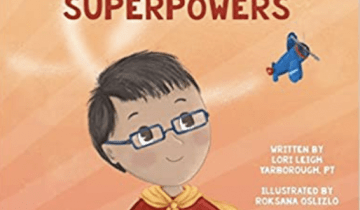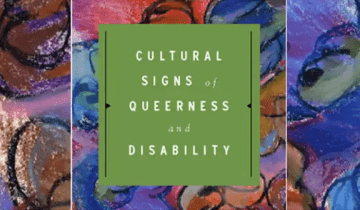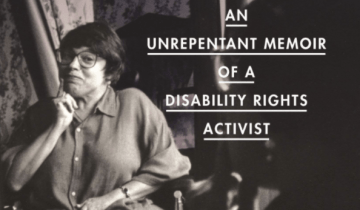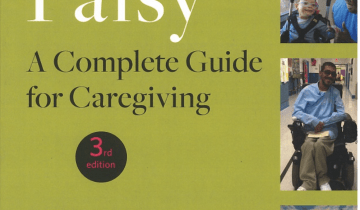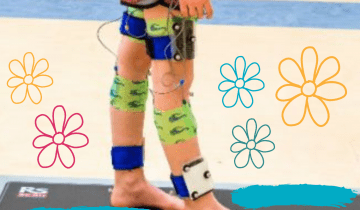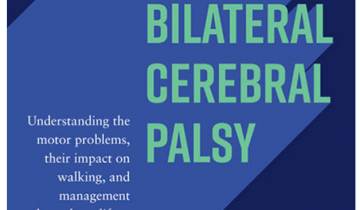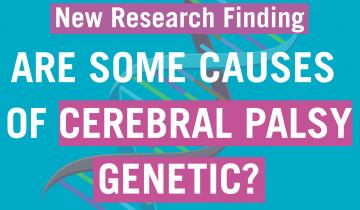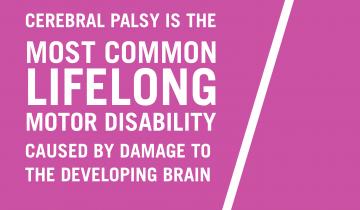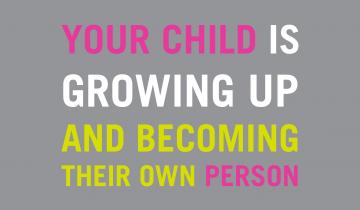Do you need a way to discuss Cerebral Palsy with your child, friends, family, or caregivers? Xander explains about cerebral palsy, what causes it, the 4 types, and how it affects him and his friends who also have cerebral palsy. He also shows how he is an important member of his family and how what HE can do MATTERS.
